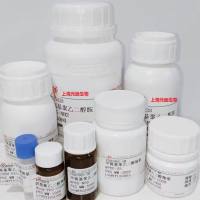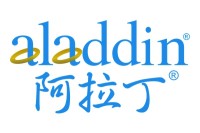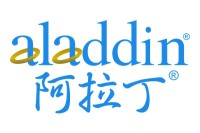PEGPEI Copolymers for Oligonucleotide Delivery to Cells and Tissues
互联网
420
Inefficient delivery of antisense oligonucleotides (AO) to target cell nuclei remains as the foremost limitation to their usefulness. Copolymers of cationic poly(ethylene imine) (PEI) and polyethylene glycol (PEG) are extremely well-studied compounds that markedly improve the in vitro and in vivo delivery of AOs to cells and tissues. By varying the Mw of PEI, as well as the nature of PEG shielding, PEG-PEI-AO nanoparticulates can be prepared with a dynamic range of size, surface charge, and stability. Each of these properties in-turn influences the transfection capacity of the PEG-PEI-AO polyplexes. In addition, PEG-PEI copolymers are readily functionalized for enhanced efficacy and specificity of cellular and tissue targeting. The synthesis and functionalization of PEG-PEI copolymers is remarkably simple and requires very little specialized equipment. Thus, PEG-PEI copolymers represent a tractable and adaptable oligonucleotide delivery system that can be customized and optimized to the investigators’ specific application. This chapter describes the step-by-step synthesis of several PEG-PEI copolymers that are specifically formulated to provide effective delivery of AOs using both in vitro and in vivo applications. We describe the preparation of the PEG-PEI-AO polyplexes and provide examples showing transfection of cultured cells in vitro, as well as skeletal muscles in vivo using both local and systemic delivery.









